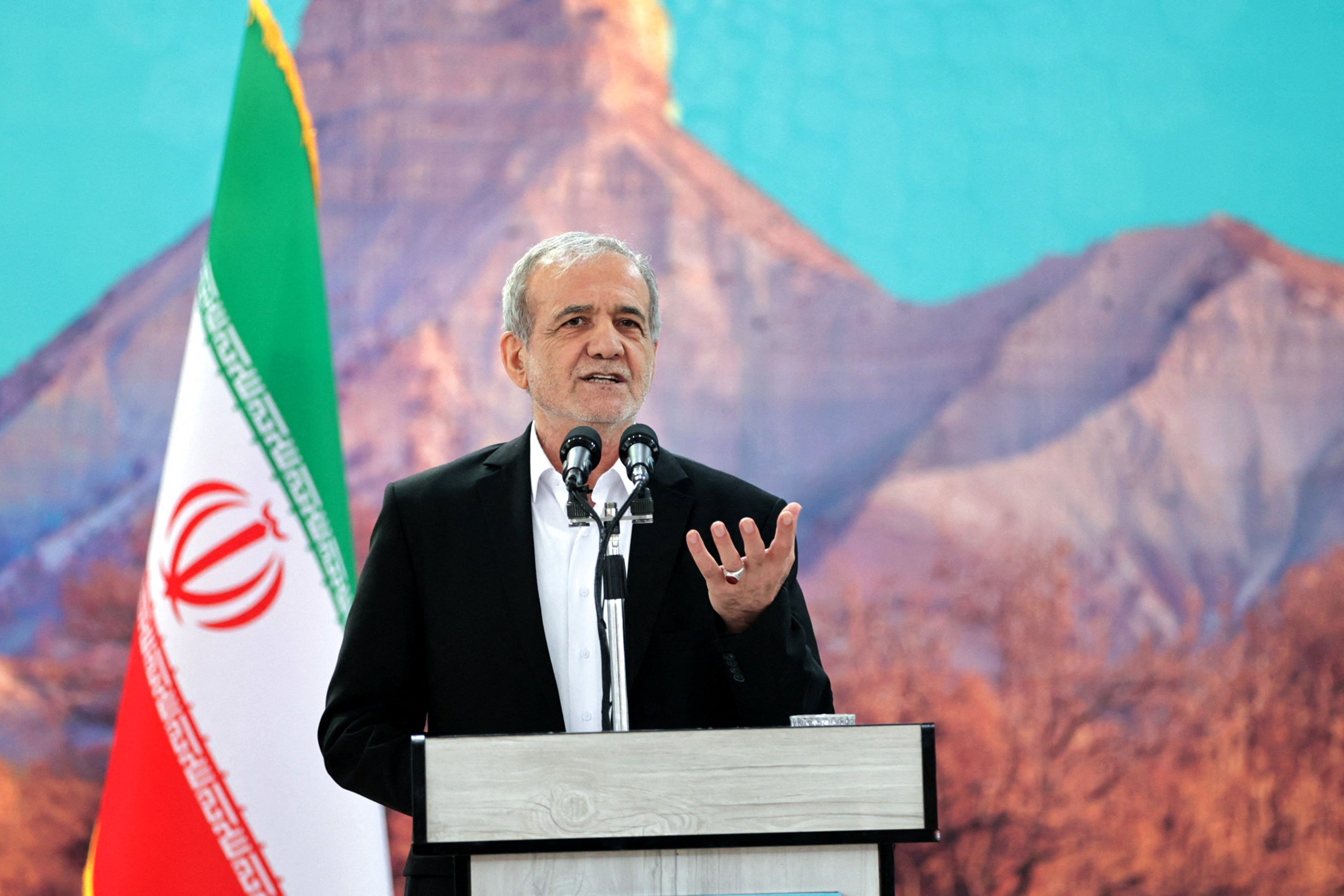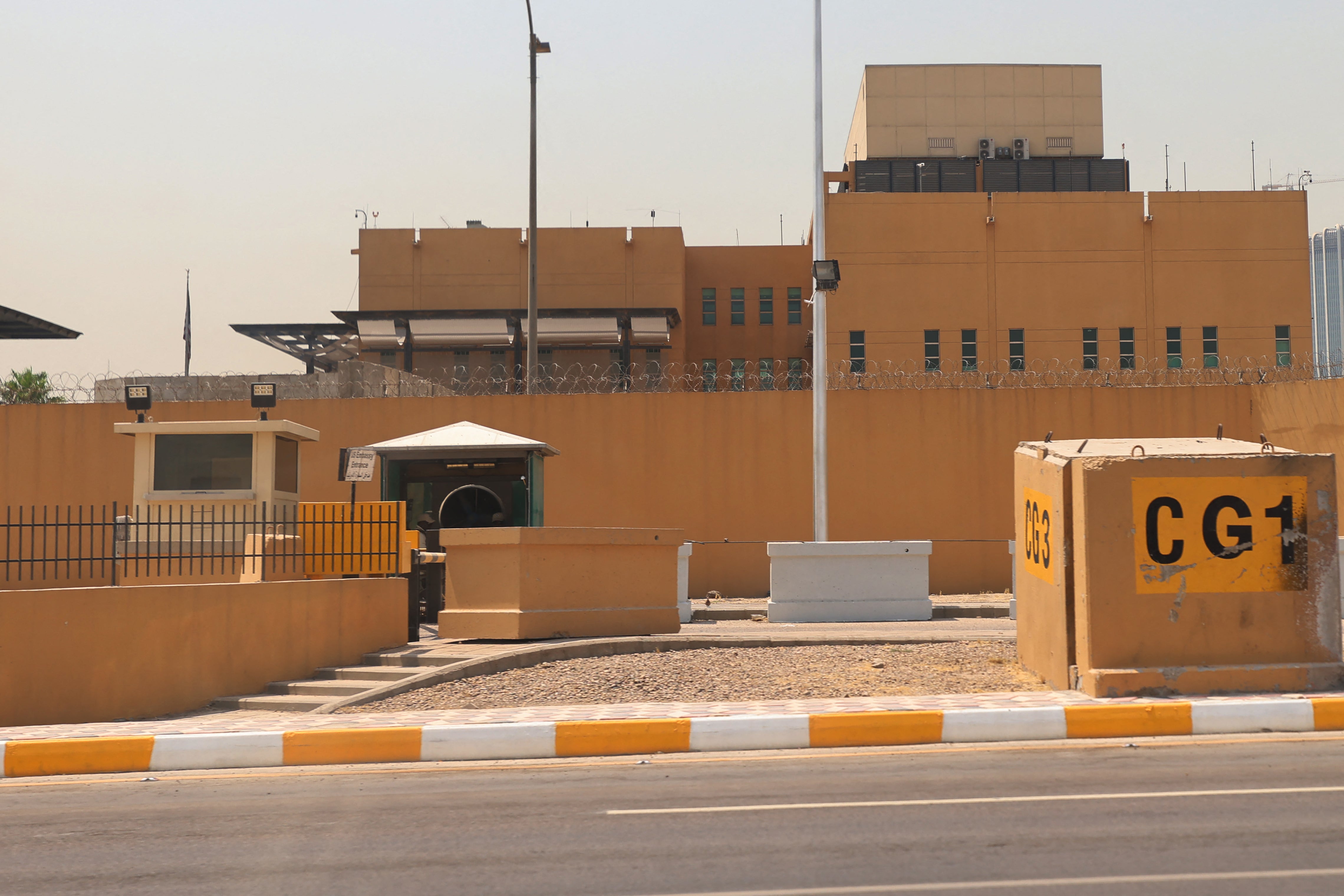
Amid rising regional security concerns, the United States has withdrawn some diplomatic personnel and military families from its embassy in Baghdad, Iran.
This decision occurs during a period of heightened tensions. According to US President Donald Trump, the region has become a "dangerous place," with an increasing risk that Tehran might retaliate against an Israeli strike.
However, diplomatic struggles between the US and Iran go back much further, inevitably shaping the backdrop to the latest flare up.
For much of the 20th century, the US and Iran maintained friendly relations. During the Cold War, Washington depended on the Shah of Iran to counter Soviet influence in the oil-rich Middle East.
However, the Shah's growing unpopularity led to the CIA's involvement in the 1953 overthrow of Iranian Prime Minister Mohammed Mossadegh, who had nationalised Iran's British-owned oil company and sought a neutral stance in the Cold War.
In 1979, the Iranian Revolution ousted the Shah, and the new Islamic government accused the CIA of training the Shah's secret police. The revolutionaries vowed to fight Western imperialism, branding America ‘the Great Satan.’
Revolutionary students seized the American embassy, holding diplomats and staff hostage for over a year, marking the end of a long-standing alliance that had significantly shaped the region.
How have US-Iran tensions played out in the past?
The new Iranian government wanted to export its Islamic Revolution to fellow Shi'ite Muslims and groups opposing Israel, which it saw as the chief avatar of a Western imperialist project oppressing Muslims in the Middle East.
Iran's Islamic Revolutionary Guards Corps set up Hezbollah in Lebanon in the early 1980s and the United States accuses the group of bombing its embassy and marine barracks in Beirut in 1983, killing around 300 people, mostly Americans.

Hezbollah, which went on to fight repeated wars with the main US regional ally Israel, has said other groups were responsible.
Iran had complaints too. Iraq invaded Iran in 1980 and started using chemical weapons against Iranian soldiers and border villages from 1982 but Washington lent diplomatic backing in the war to Baghdad. A US warship also mistakenly shot down an Iranian passenger plane in 1988, killing 290 people.
Tensions eased after 1990, as the US focused on Iraq after Baghdad's invasion of Kuwait and as Iran in 1997 elected reformist President Mohammed Khatami, who sought better relations with the West.
The rivalry heated up again in the early 2000s with US President George W Bush labelling Iran part of an ‘Axis of Evil’ along with Iraq and North Korea, a tag that caused anger in Iran.
Iran's secret nuclear programme was revealed in 2002, while the US-led invasion of Iraq in 2003 put the two countries on opposite sides of a struggle for control in the Shi'ite majority country.
Who do the US and Iran support in the Middle East?
The US-Iranian rivalry has often played out at arm's length in conflicts and political struggles between each side's proxies and allies around the Middle East.
Besides Hezbollah, Iran backs armed Shi'ite factions in Iraq that have attacked US forces there, the Houthi group in Yemen that has attacked international shipping in the Red Sea and the Palestinian militant group Hamas.
The United States is the main international backer of Israel, Iran's biggest regional foe. It is also a close ally of Sunni Gulf monarchies which for years pursued their own rivalry with the Islamic Republic, seeing it as their main regional threat.
Although Saudi Arabia and other Sunni kingdoms have buried the hatchet with Tehran, they remain wary and fear that any US strikes on Iran could prompt retaliation against them.
Where does Iran’s nuclear programme come in?
The revelation that Iran was secretly enriching uranium - a process to generate fuel for an atomic power plant but that can also make more concentrated material needed for a bomb - put its nuclear programme in the US crosshairs.
Western countries ramped up pressure on Iran with sanctions as negotiations over its nuclear programme meandered for years.

Iran says its programme is entirely civilian and that it has the right to enrich uranium. Washington and its allies say Iran has consistently hidden important elements of its programme and believe it wants to build a nuclear bomb.
In 2015 Iran and six major powers including the United States agreed to curb Tehran's nuclear work in return for limited sanctions relief, but US President Donald Trump ripped up the deal in 2018.
The two sides are negotiating again but seem far apart and Trump has threatened to bomb if there is no new deal.
What is Israel’s relationship with Iran?
Israel has often described Iran as its most dangerous enemy and has indicated it may strike the country's nuclear sites.
Any such attack would likely need US acquiescence, potentially dragging Washington into a conflict with Tehran.
Israel is already widely seen as behind covert attacks on Iran's nuclear programme including the Stuxnet computer virus and assassinations of scientists. Israel has neither confirmed nor denied this.
Tensions have increased since the Hamas attack on Israel on 7 October 2023 and as war raged in Gaza.
Last year Israel defeated Tehran's main regional ally Hezbollah and struck Iranian military targets in Syria and Iraq. Iran's Houthi allies in Yemen targeted Israel with strikes.
Iran and Israel twice exchanged direct fire with missiles and drones, underscoring the possibility of a full-blown war.
The number of Americans filing for jobless claims last week remains at the highest level in 8 months
US producer prices rise modest 2.6% in May with inflationary pressures still mild
Egypt blocks activists aiming to march to Gaza to draw attention to humanitarian crisis
How 'Take Me Out to the Ball Game' seeded a music nonprofit supporting the songwriters of tomorrow
Israel-Iran latest: Trump warning to Tehran as Netanyahu ‘considers military strike’
Trump envoy to meet Iran’s foreign minister for stalled nuclear deal talks







